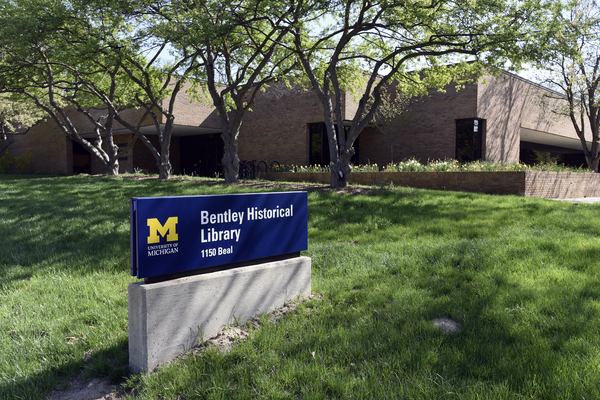John Harris Forster was a geologist, engineer, surveyor, farmer, and chronicler of life in the Americas in the mid-19th century. As he traveled about North and South America, surveying boundaries, inspecting copper mines, mining gold with the California Forty-Niners, or raising hogs, Forster wrote of his experiences in his journals and used them and his acute memory to describe his travels to family, friends, and an interested public. His journals, correspondence, and speeches are a rich source of social history and geographical and architectural information on life in the areas in which he traveled, including the Great Lakes (Michigan and Wisconsin), Far West, and Central and South America. Forster's papers are of considerable interest for their detailed descriptions of the culture and lifestyle of the native populations he encountered, the terrain and climate of the areas in which he camped and surveyed, and the hardships of life in unsettled or recently settled areas.
The John Harris Forster papers are arranged in seven series. Correspondence primarily contains letters written by Forster to various family members, and is arranged chronologically by year. The Thomas Forster series contains materials of John's father, chiefly correspondence and documents pertaining to family and financial matters. Journals and Manuscripts is arranged by year, with titles provided on the contents list. Scrapbook Materials consist of clippings from various newspapers (most of which are unidentified). Forster evidently was a journalist correspondent for these papers, and his columns seem to be excerpts from his journals, with slight modification. His Speeches and Addresses to various Michigan organizations also are based to a large extent on his journals, but there are exceptions, such as the very interesting one detailing life as a Swine-herd in California. Miscellaneous consists mostly of biographical materials and financial documents. Photographs includes portraits and view of the family farm near Williamston, Michigan. For related materials on Forster, including biographical clippings, correspondence to his wife, family documents, and other Forster writings, the researcher should consult the Mullett Family Papers.
